At what temp is fever dangerous. Fever in Children: Dangerous Temperature Levels and Treatment Guidelines
At what temperature is a fever dangerous for children. How high should a fever be before seeking medical attention. What are the best ways to treat fever in babies and young children. When does a child’s fever require immediate medical care.
Understanding Fever in Children: Causes and Significance
Fever is a common occurrence in children, often causing concern for parents. But what exactly is a fever, and why does it happen? A fever is defined as a body temperature that exceeds the normal range of about 37°C (98.6°F). It’s typically a sign that the body is fighting an infection or responding to inflammation.
The body’s immune system raises its temperature to create an environment less hospitable to invading pathogens like bacteria and viruses. This elevated temperature also stimulates the production of white blood cells and antibodies, enhancing the body’s ability to combat infections.
While fever can be alarming, it’s important to remember that it’s usually a positive sign of a functioning immune system rather than an illness itself. However, monitoring fever carefully is crucial, especially in young children and infants.
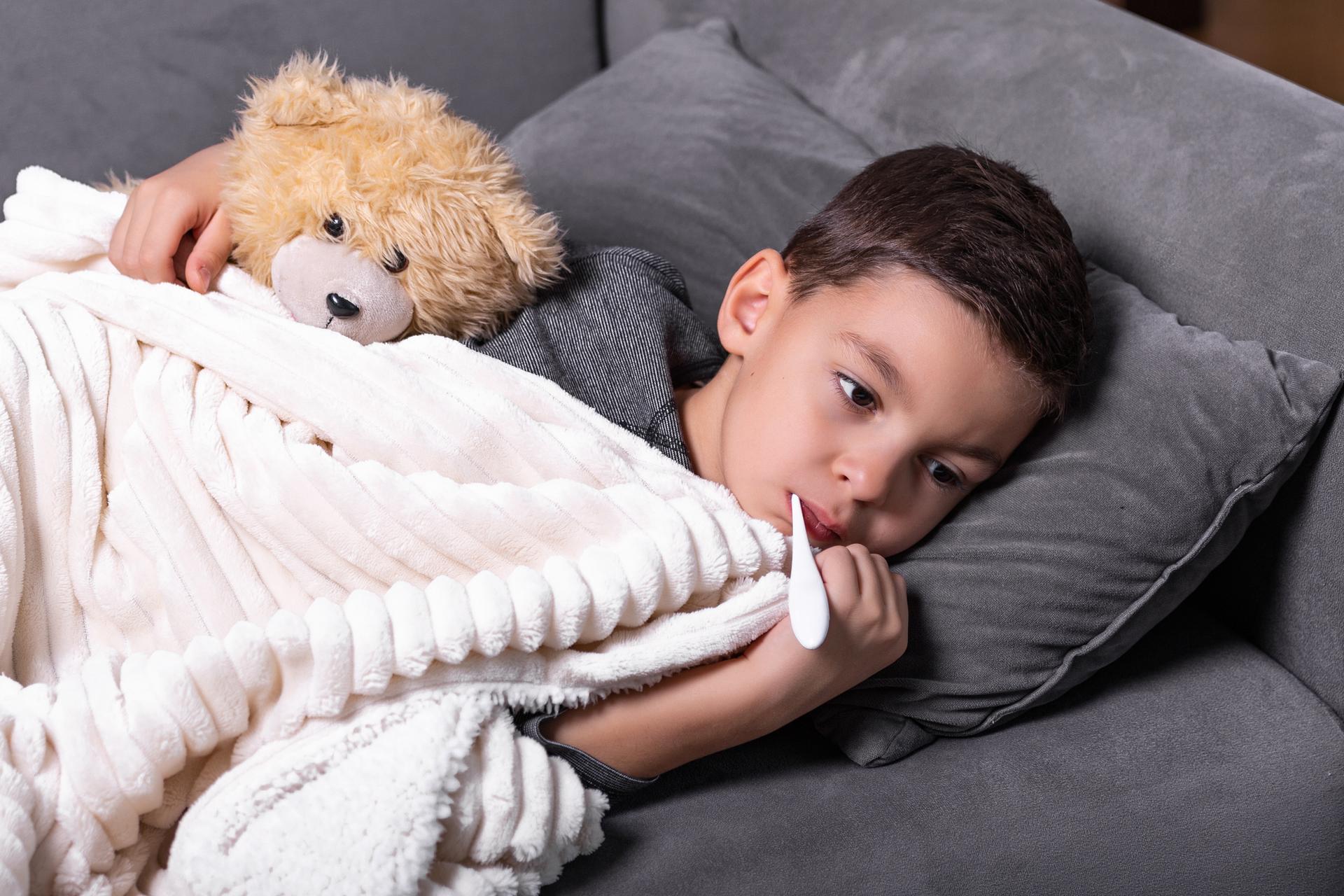
Dangerous Fever Levels: When to Be Concerned
How high does a fever need to be before it’s considered dangerous? For most children over six months old, a temperature above 39°C (102.2°F) is cause for concern. However, for babies under six months, the threshold is lower.
- For infants under 3 months: Any fever (temperature above 38°C or 100.4°F) requires immediate medical attention
- For babies 3-6 months: A temperature above 38°C (100.4°F) warrants a call to the doctor
- For children over 6 months: A fever above 39°C (102.2°F) should be monitored closely and may require medical advice
It’s not just the number on the thermometer that matters, though. How a child looks and acts can be equally important in assessing the severity of their condition.
Recognizing Fever Symptoms in Babies and Children
Identifying fever in children involves more than just feeling their forehead. Common signs of fever include:
- Hot, flushed skin
- Sweating
- Chills or shivering
- Headache
- Loss of appetite
- Irritability
- Fatigue or listlessness
In the early stages of fever, a child might complain of feeling cold despite having a raised temperature. They may also appear pale. As the fever progresses, their skin typically becomes hot and flushed.
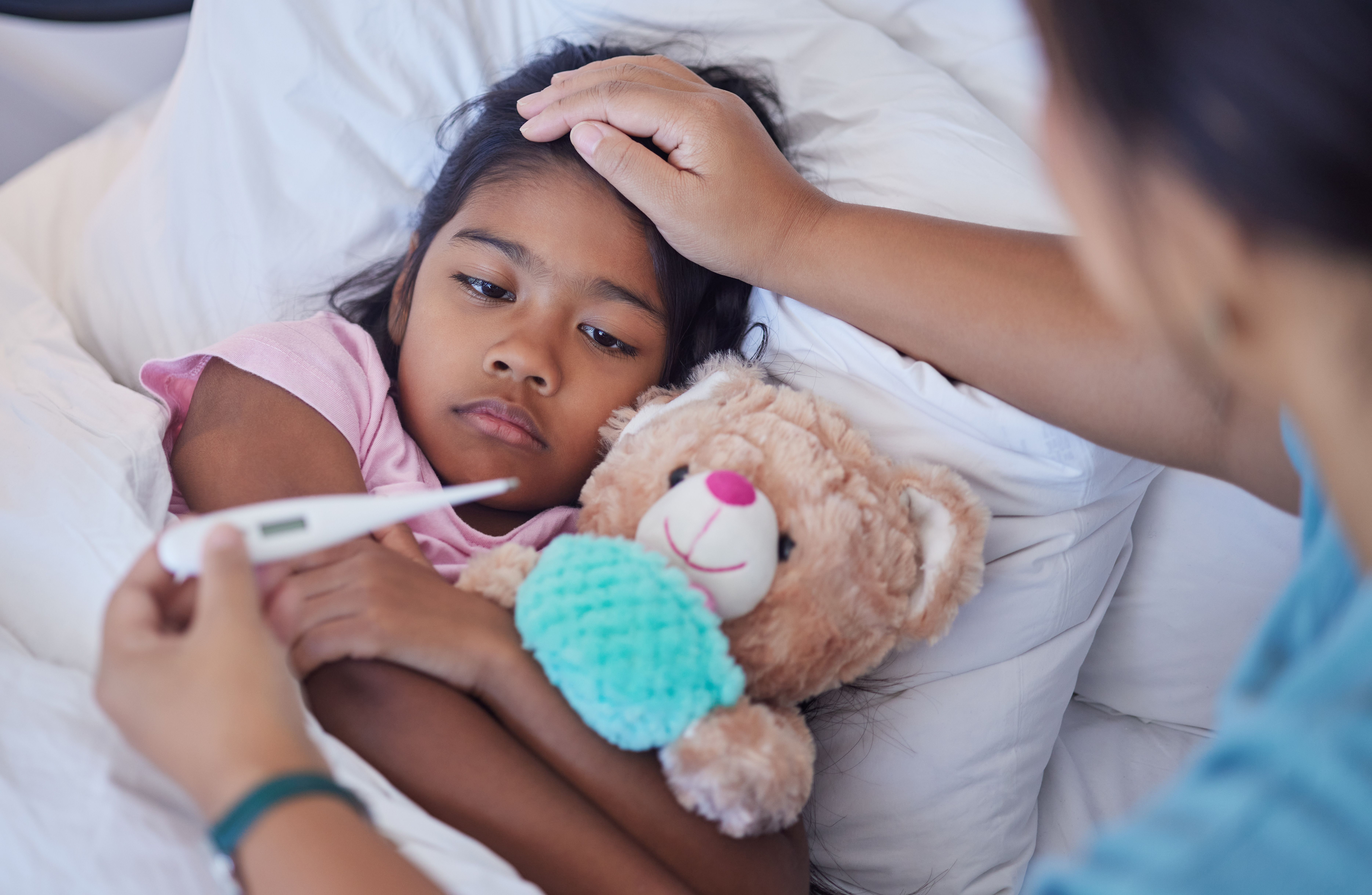
Using a Thermometer to Check for Fever
Is feeling a child’s forehead enough to determine if they have a fever? While this method can give a general idea, using a thermometer provides a more accurate assessment. Digital thermometers are easy to use and provide quick results. For infants, a rectal temperature reading is often the most accurate, while oral or armpit readings can be used for older children.
First Aid for Fever: Home Treatment Guidelines
When your child has a fever, there are several steps you can take to help manage their condition:
- Remove excess clothing: This helps prevent overheating and allows body heat to dissipate.
- Encourage fluid intake: Offer water, diluted juice, or clear broths to prevent dehydration.
- Rest: Ensure your child gets plenty of rest to help their body fight the underlying cause of the fever.
- Monitor temperature: Regularly check your child’s temperature to track the fever’s progression.
- Consider medication: For temperatures above 38.5°C (101.3°F), you may give the recommended dose of paracetamol or ibuprofen.
Should you use cold compresses or lukewarm baths to reduce fever? While these methods were once common, they’re no longer recommended as first-line treatments. They can cause discomfort and may lead to shivering, which can actually raise body temperature.
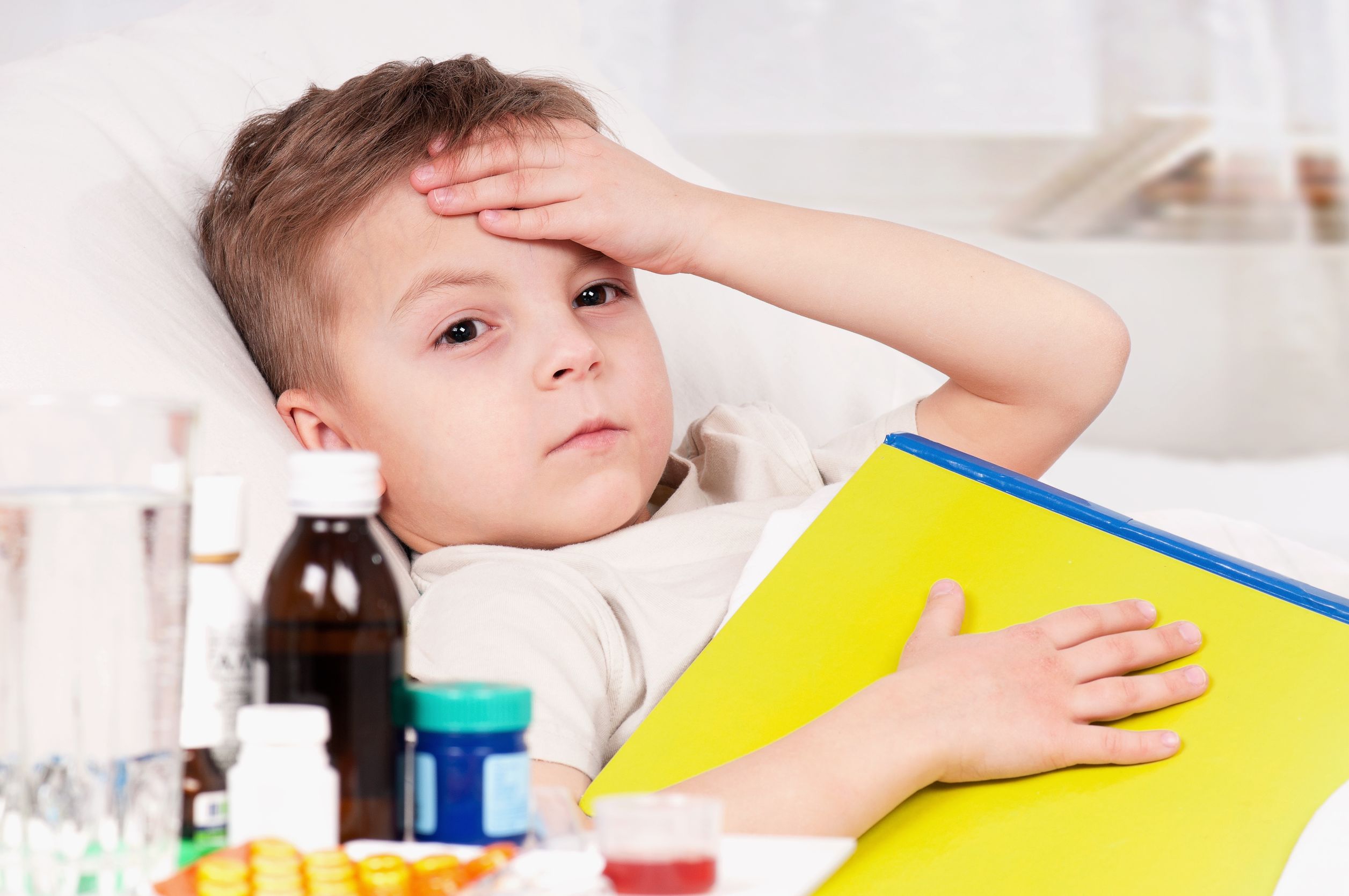
Medication for Fever: Dos and Don’ts
When it comes to medication for fever in children, it’s crucial to follow guidelines carefully:
- For babies under 3 months: Do not give any medication unless advised by a doctor
- For children over 3 months: Paracetamol or ibuprofen can be given in age-appropriate doses
- Never exceed the recommended dose or frequency
- Do not give aspirin to children under 16 due to the risk of Reye’s syndrome
Can you alternate paracetamol and ibuprofen for fever management? While some doctors may recommend this approach for persistent fevers, it’s important to consult with a healthcare professional before doing so to avoid potential risks of overdosing.
Febrile Seizures: Understanding and Managing
Febrile seizures are convulsions that can occur in young children with high fevers. While frightening, they’re usually not harmful and don’t indicate epilepsy. Children between 6 months and 5 years are most susceptible to febrile seizures.
If your child experiences a febrile seizure:
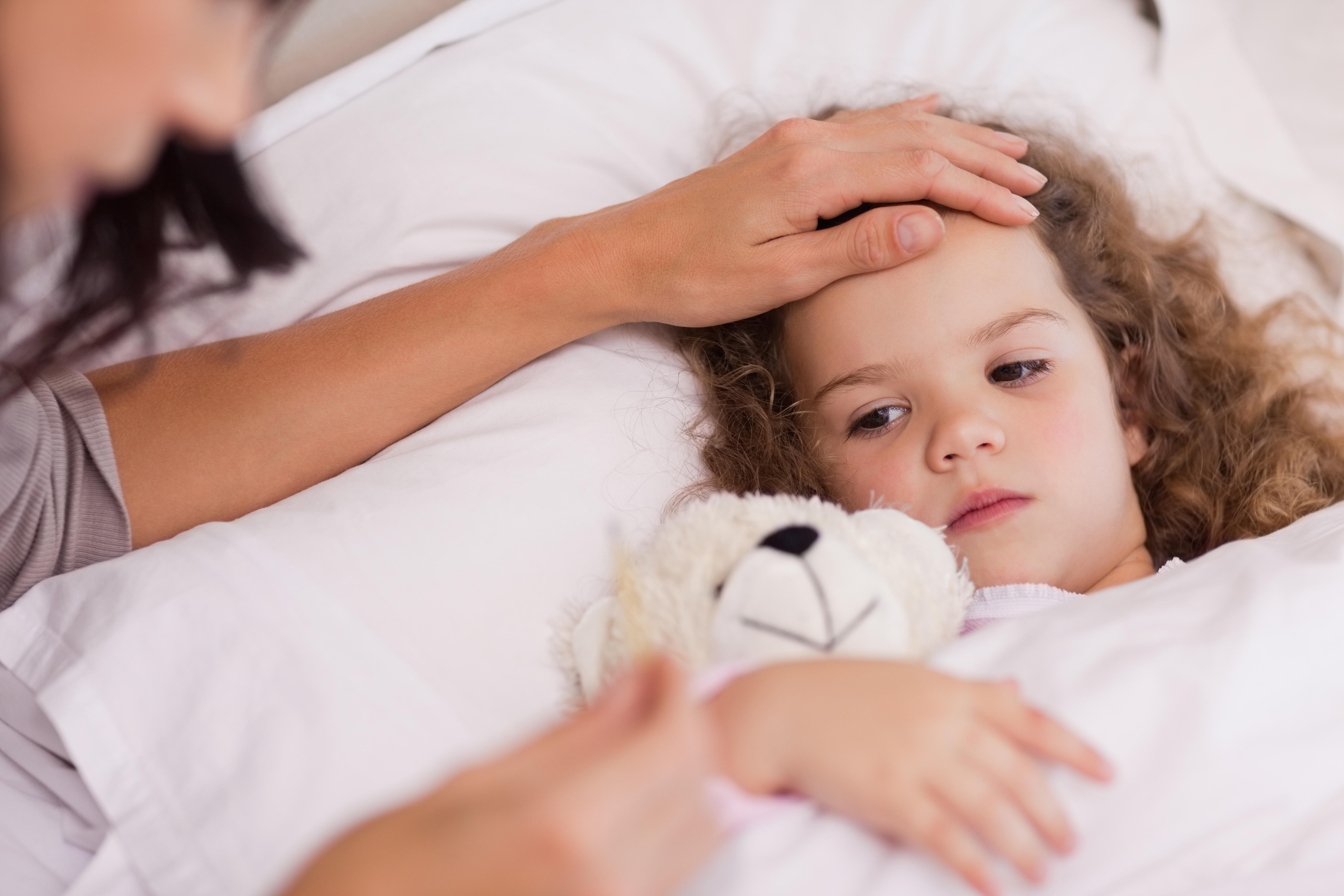
- Stay calm and note the time the seizure starts
- Place the child on a soft surface, lying on their side
- Do not restrain the child or put anything in their mouth
- If the seizure lasts more than 5 minutes, call emergency services
After the seizure, seek medical advice to rule out other potential causes and discuss prevention strategies for future episodes.
When to Seek Medical Help for a Child’s Fever
While most fevers in children can be managed at home, certain situations require prompt medical attention:
- Any fever in an infant under 3 months
- Fever above 39°C (102.2°F) that doesn’t respond to medication
- Fever lasting more than 3 days
- Signs of dehydration (dry mouth, no tears, decreased urination)
- Severe headache or neck stiffness
- Difficulty breathing
- Unusual rash or skin discoloration
- Persistent vomiting or diarrhea
- Signs of extreme lethargy or unresponsiveness
Trust your instincts as a parent. If you’re worried about your child’s condition, don’t hesitate to seek medical advice.

Fever Prevention: Boosting Your Child’s Immune System
While it’s not always possible to prevent fevers, you can take steps to support your child’s immune system and reduce the risk of infections:
- Encourage a balanced diet rich in fruits and vegetables
- Ensure adequate sleep and rest
- Promote regular physical activity
- Teach and reinforce good hygiene practices, especially handwashing
- Keep vaccinations up to date
- Limit exposure to sick individuals when possible
Can probiotics help prevent fevers in children? While research is ongoing, some studies suggest that certain probiotic strains may help reduce the frequency and duration of common infections in children, potentially leading to fewer fever episodes.
The Role of Nutrition in Immune Support
A well-balanced diet plays a crucial role in supporting a child’s immune system. Key nutrients for immune function include:
- Vitamin C: Found in citrus fruits, berries, and bell peppers
- Vitamin D: Obtained through sunlight exposure and fortified foods
- Zinc: Present in lean meats, nuts, and seeds
- Omega-3 fatty acids: Found in fatty fish, flaxseeds, and walnuts
Incorporating these nutrients into your child’s diet can help bolster their immune defenses and potentially reduce the frequency of fevers and illnesses.
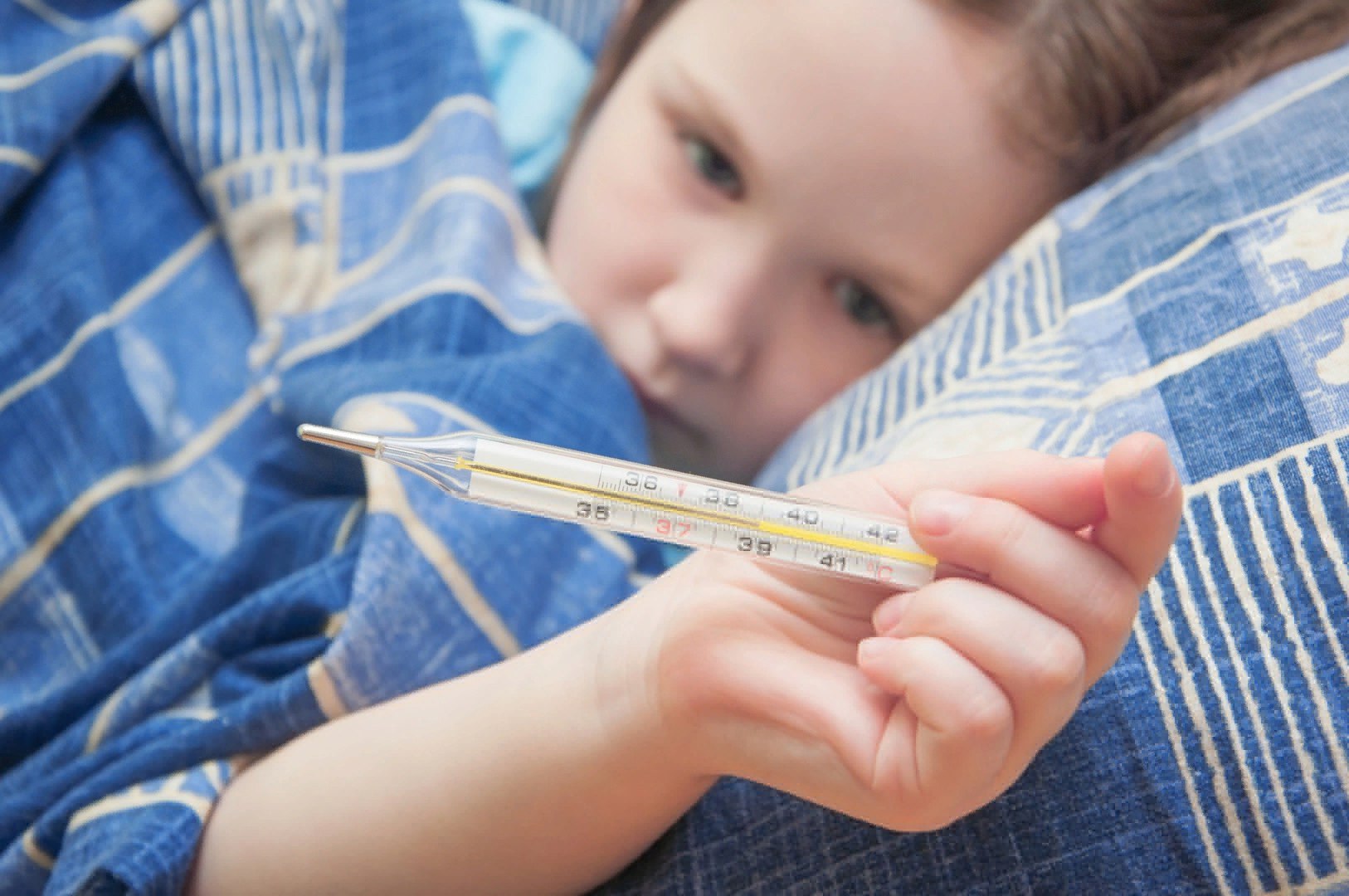
Common Myths and Misconceptions About Childhood Fevers
There are several misconceptions about fever in children that can lead to unnecessary worry or inappropriate treatment:
- Myth: Fever is an illness itself
Truth: Fever is a symptom, not an illness - Myth: All fevers are dangerous
Truth: Most fevers are beneficial and help fight infections - Myth: Fever will keep rising if not treated
Truth: The body has mechanisms to regulate temperature and prevent dangerous levels - Myth: Fever always needs medication
Truth: Low-grade fevers often don’t require treatment if the child is comfortable - Myth: Cold baths are the best way to reduce fever
Truth: Cold baths can be uncomfortable and may increase core temperature
Understanding these facts can help parents approach fever management with more confidence and less anxiety.
The Impact of Fever on Child Development
Does fever affect a child’s growth or cognitive development? Short-term fevers typically don’t have lasting effects on a child’s development. However, prolonged or extremely high fevers can potentially impact cognitive function if not properly managed. This underscores the importance of monitoring fevers closely and seeking medical advice when necessary.
Fever in Special Circumstances: Chronic Conditions and Immunocompromised Children
For children with chronic health conditions or compromised immune systems, fever management may require special considerations:
- Children with heart conditions may need to avoid certain fever-reducing medications
- Immunocompromised children may require more aggressive fever management and earlier medical intervention
- Children with a history of febrile seizures may need a more proactive approach to fever reduction
In these cases, it’s crucial to work closely with your child’s healthcare provider to develop a personalized fever management plan.
Fever in Children with Autism or Sensory Processing Disorders
Children with autism or sensory processing disorders may have difficulty communicating their discomfort during a fever. They might also react differently to temperature changes or medication. Parents and caregivers should be especially attentive to subtle changes in behavior or routine that might indicate fever in these children.
The Future of Fever Management: Emerging Technologies and Treatments
Advancements in technology are changing the landscape of fever management in children:
- Wearable temperature monitors that provide continuous tracking
- Smartphone-connected thermometers for easy temperature logging and trend analysis
- Advanced diagnostic tools to quickly identify the cause of fever
- Research into new antiviral and antibacterial treatments that may reduce the duration of fever-causing infections
While these innovations show promise, it’s important to remember that they should complement, not replace, attentive care and medical advice when managing fever in children.
The Role of Telemedicine in Fever Management
Telemedicine is increasingly being used for initial assessments of fever in children. This can provide quick access to medical advice, potentially reducing unnecessary emergency room visits. However, it’s important to understand the limitations of virtual consultations and know when in-person evaluation is necessary.
As we continue to advance our understanding of fever in children, the focus remains on balancing the body’s natural defense mechanisms with appropriate interventions when needed. By staying informed and working closely with healthcare providers, parents can navigate the challenges of childhood fevers with confidence and care.
First aid for a baby or child with a fever
1. The baby or child has a raised temperature (above 37°C). They have hot flushed skin and may be sweating.
In the early stages of fever, a baby or child may have a raised temperature but complain they feel cold and they may look pale. They may also complain of a headache.
2. Check their temperature by using a thermometer.
A moderate fever may not be harmful, but you should monitor them. A temperature above 39°C can be dangerous.
3. Reduce their temperature: remove excess clothes and give them fluids such as water or diluted juice.
This will cool the baby or child and help to keep them hydrated. Do not cover the baby or child with blankets or anything that may make them hotter.
4. Give the recommended dose of paracetamol syrup.
This will help to reduce the baby or child’s temperature and pain.
Watch how to help a baby or child with a fever (1 minute 32 seconds)
Common questions about first aid for a baby or child with a fever
What is a fever?
Can I give paracetamol syrup to my baby?
Should I put my baby or child in a cold shower or cold bath, or sponge them down to cool them?
Could a fever be a sign of something more serious?
Can a fever or high temperature cause a febrile seizure?
Do I have to seek medical advice every time my baby or child has a fever?
What is a fever?
A fever is a body temperature that is raised higher than the normal temperature of about 37°C.
Fever is usually caused by an infection, which may present as an earache or a sore throat. Moderate fever is not usually harmful, but you should monitor the child or baby carefully in case it develops into something more serious.
Back to questions
Can I give paracetamol syrup to my baby?
If your baby is under three months old you should not give paracetamol syrup, unless advised by a doctor. If they are older than three months then you could give them the recommended dose of paracetamol syrup.
Back to questions
Should I put my baby or child in a cold shower or cold bath, or sponge them down to cool them?
No, it is not recommended to sponge a baby or child down to cool them. It is important not to cool them too quickly. Putting a baby or child in a cold shower or bath would be distressing and may cause hypothermia.
Back to questions
Could a fever be a sign of something more serious?
Yes. It is important to monitor the baby or child for other symptoms, such as a severe headache, that could indicate serious conditions like meningitis.
Seek medical advice if you are in any doubt.
Back to questions
Can a fever or high temperature cause a febrile seizure?
Yes, a baby or child can have a febrile seizure because of a high temperature. This is because they can’t properly regulate their temperature yet.
As the child gets older, their body will get better at regulating their temperature, reducing the likelihood of febrile seizures.
Find out how to help a baby or child who is having a febrile seizure.
Back to questions
Do I have to seek medical advice every time my baby or child has a fever?
No, fevers are quite common in babies and young children. Often you don’t need medical advice.
Always seek medical advice if:
- their temperature rises above 38°C for a baby less than six months old
- their temperature rises above 39°C for all babies and children over six months old
- you are worried about their condition.
Back to questions
Email us if you have any other questions about first aid for a baby or child with a fever.
Test your knowledge with our First aid app quiz
Fever in babies and kids: Causes, treatment, and when to worry
A fever is a temperature of 100.4 degrees F or higher, and it usually means the body is fighting an infection. A fever in babies younger than 3 months is a medical emergency. For a fever in kids (or older babies), how they look and act is important. A fever with no other symptoms in a child isn’t a problem unless the temperature persists or reaches 104 degrees F or higher.
A fever is a higher-than-normal body temperature. It’s a response to inflammation and is usually a sign that the body’s immune system is responding – to a virus or bacteria, for example. But the fever itself isn’t an illness, and it doesn’t make an illness worse.
As long as you keep your baby or child hydrated, a fever usually isn’t harmful and will eventually go away on its own, when the underlying cause is addressed.
Though it can be scary when your child has a fever, take some comfort in the fact that a fever means your child’s immune system is doing its job. An elevated temperature may help your child fight infections more effectively, since it raises the body temperature to be less hospitable to bacteria and viruses. A fever also tells the body to make more white blood cells and antibodies to fight infection.
An elevated temperature may help your child fight infections more effectively, since it raises the body temperature to be less hospitable to bacteria and viruses. A fever also tells the body to make more white blood cells and antibodies to fight infection.
How to tell whether your baby or child has a fever
A fever is a temperature of 100.4 degrees F or higher. If your child has a fever, you’ll decide what to do based on your child’s age and other symptoms (see below).
You may get a slightly different reading depending on how you take your child’s temperature. The most accurate method is a rectal reading. If your baby objects to having their temperature taken rectally, you can take their temperature under the armpit first. (This is called an axillary temperature.)
If their axillary temperature is above 99 degrees F and your baby is younger than 3 months old, do a rectal reading immediately. If your baby is 3 months or older and they’re acting fine with an axillary temperature over 99 degrees F, it’s okay to wait and retake their temperature with another armpit reading later – say, in 15 to 30 minutes. (If your child was over-bundled or running around, you might find the temperature has gone down.) If they’re looking or acting unwell, though, then take a rectal temperature for accuracy right away.
(If your child was over-bundled or running around, you might find the temperature has gone down.) If they’re looking or acting unwell, though, then take a rectal temperature for accuracy right away.
Older children won’t appreciate having their temperature taken rectally. Instead, use another method – such as an axillary (underarm) reading, temporal (across the forehead) reading, tympanic (ear) reading, or oral (mouth) temperature.
These methods are less accurate than a rectal reading, but they can be used for screening. If you call the doctor, tell them which method you used to take the temperature. If your child is acting fine and look fine, you don’t need to call the doctor unless their temperature reaches 100.4 degrees F.
If your child’s been active (crawling, cruising, running around), their temperature may be higher. It’ll also change if they’ve been in the sun or the cold, swaddled, recently had a hot or cold beverage, or just taken a bath. Your child’s temperature can change depending on the time of day, too. (It’s often higher in the afternoon).
(It’s often higher in the afternoon).
Advertisement | page continues below
What’s a normal baby temperature?
A normal baby temperature – taken rectally – runs from 97 degrees to 100.3 degrees F. The average baby temperature is 98.6 degrees F. A newborn baby temperature is a bit higher, averaging 99.5 degrees for the first 28 days.
A fever in a baby is 100.4 degrees F. A fever this high in an infant less than 3 months old is considered an emergency. For babies and toddlers 3 months to 36 months old, a temperature of 102.2 degrees F is considered a high fever.
These numbers are based on the most accurate readings, taken rectally.
What’s a normal temperature for kids?
As with babies, a normal temperature for kids ranges from 97 degrees F to 100.3 degrees F. The average body temperature for a kid, though, is around 97.5 degrees F.
A rectal temperature of 100.4 degrees F or higher is considered a fever. (Other methods may give inaccurate numbers. When you call your child’s doctor, be sure to tell them what method you used to take your child’s temperature.)
When you call your child’s doctor, be sure to tell them what method you used to take your child’s temperature.)
For babies and children 36 months and older, a high fever is 103.1 degrees F or higher. A temperature of 104 degrees F or higher may be a symptom of heat stroke. Damage to organ systems is possible with temperatures of 105.8 F or higher.
Causes of fever
Many conditions can cause a fever, including inflammatory conditions and immune responses. Viral and bacterial illnesses can also cause a fever.
The most common illnesses that cause fever include:
- Colds
- Flu
- Ear infection
- Gastroenteritis
- Croup
- Bronchitis
- Urinary tract infection
- COVID-19
- Sore throat
There’s no scientific evidence confirming that teething causes fevers, though many parents report fevers in their teething babies and toddlers.
No matter the cause, monitor your child closely when they have a fever.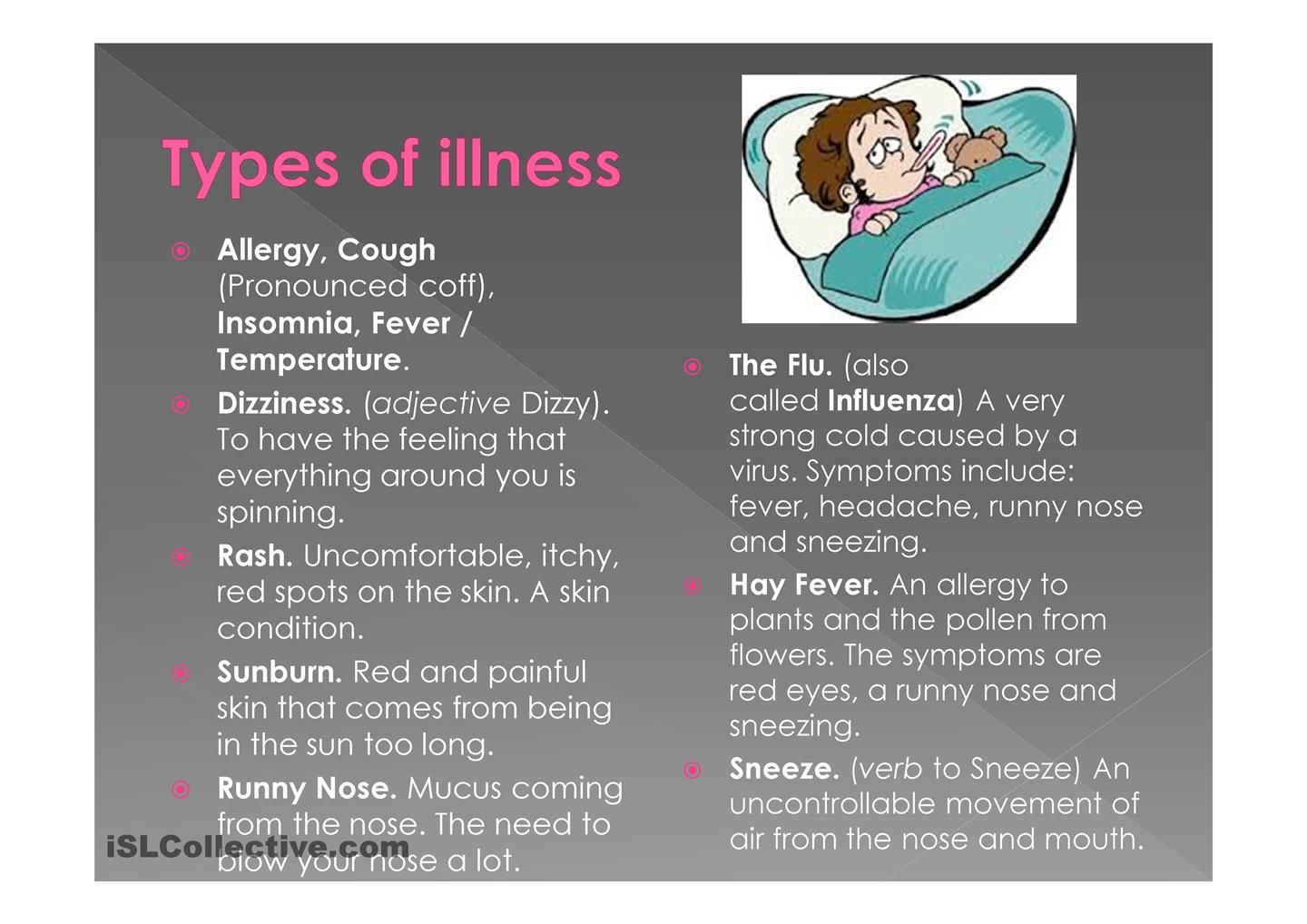 Be alert to other symptoms of illness, and report the fever and symptoms to your baby’s doctor when appropriate (see below).
Be alert to other symptoms of illness, and report the fever and symptoms to your baby’s doctor when appropriate (see below).
Some childhood immunizations (such as the DTaP, MMR, and COVID vaccines) can sometimes cause a fever as the body mounts an immune response.
When should you treat a fever?
To prevent dehydration, always treat your baby or child’s fever with fluids, no matter their temperature and how they’re feeling.
Other than keeping them hydrated, you only need to treat your child’s fever if they’re uncomfortable. If your child is older than 3 months and has a rectal temperature less than 102 degrees F (38.9 degrees C), and they are acting normally, they don’t need you to treat the fever.
If your baby or child is very fussy or tired and unable to sleep, though, you may want to bring their fever down so they can rest. You may also want to bring the fever down if your child is listless or has muscle aches or a headache with their fever.
By the way, it’s not always true that the higher the fever the sicker the child.
How to treat a fever in your baby or child
Medicine for fever is an option if the fever is making your child uncomfortable and your child’s doctor says it’s okay. Acetaminophen or ibuprofen will help bring down the fever. (Ibuprofen isn’t recommended for babies under 6 months old or for children who are dehydrated or have persistent vomiting.)
When giving medicine:
- Be careful with the dose. Your child’s weight will determine the right dose. Always use the measuring device that comes with the medicine to give your child exactly the right amount.
- Don’t give fever-reducing medicine more often than is recommended. The directions will probably say that you can give acetaminophen every four hours (up to a maximum of five times per day) and ibuprofen every six hours (up to a maximum of four times per day).
- Never give your child aspirin. Aspirin can make a child more susceptible to Reye’s syndrome, a rare but potentially fatal disorder.

Don’t give your baby or young child over-the-counter cough and cold medicine. Most doctors don’t recommend these products for babies and young children.
In addition to giving medication, here are some basic steps you can take to make a baby or older child comfortable:
Remove layers of clothing so your child can lose heat more easily through their skin. Dress them in one light layer. If they’re shivering, give them an additional layer until they’re warm again.
Place a cool, damp washcloth on your child’s forehead while they rest.
Offer plenty of fluids. Nurse or bottle feed your baby often. Older babies and children can have chilled foods, such as ice pops and yogurt, to help cool the body from the inside out and keep them hydrated. Electrolytes for children – formulated to help rehydrate – are available in pharmacies. (Ask your doctor before giving electrolytes to a baby.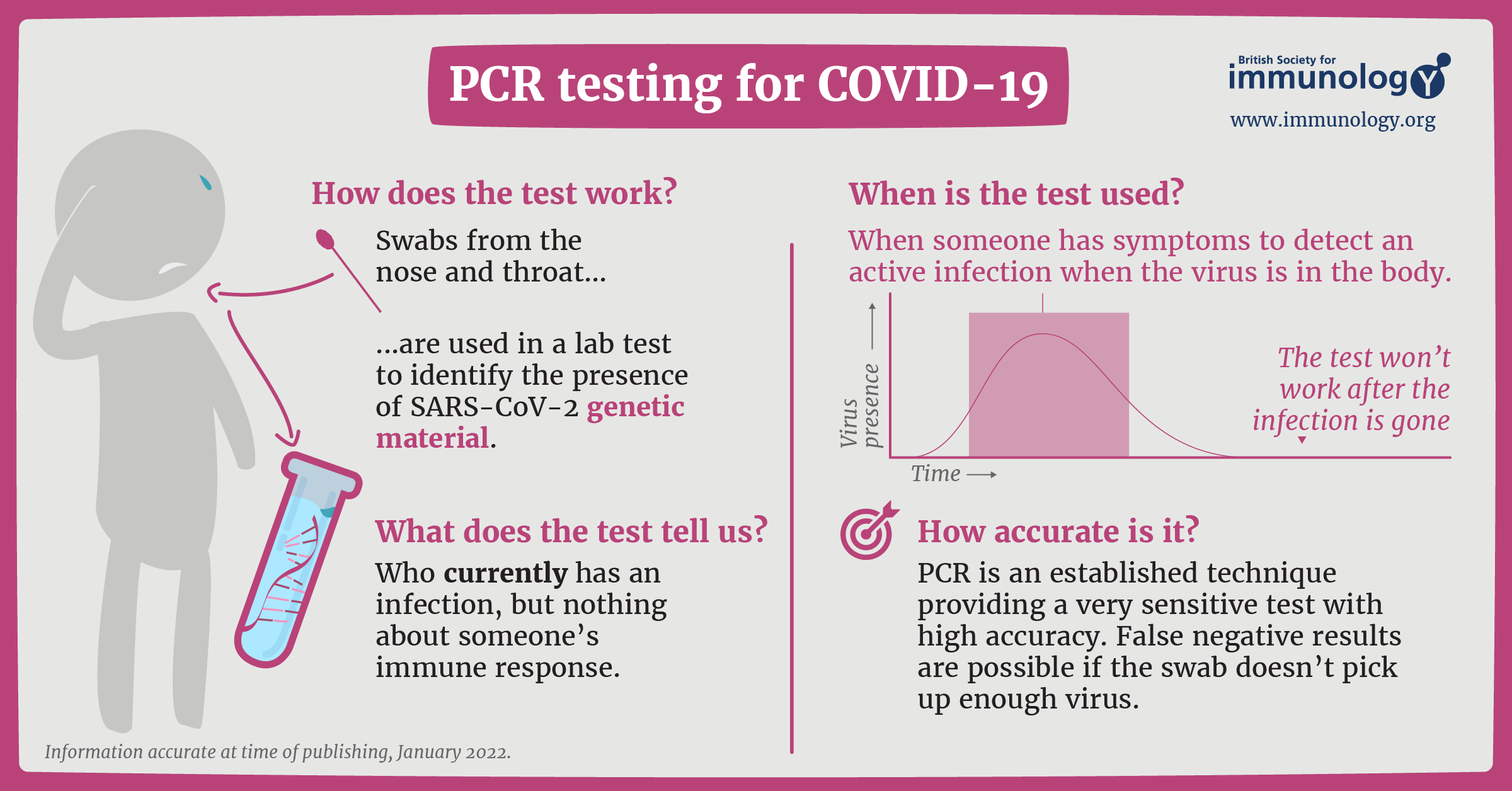 )
)
Give your child a lukewarm tub bath or a sponge bath. As the water evaporates from your child’s skin, it will cool them and bring their temperature down. Don’t use cold water. It can make your child shiver and cause their body temperature to rise. Use tepid water (85 to 90 degrees) to wipe down your child’s skin, particularly the forehead and underarms.
Don’t use rubbing alcohol (an old-fashioned fever remedy). It can cause a temperature spike and possibly even alcohol poisoning.
Use a fan. Keep the fan at a low setting and aim it near your child to circulate the air around them rather than blow directly on them (so they don’t get chilled).
Stay indoors in a cool place. Or, if you’re outside, stay in the shade.
When is a fever dangerous?
Fever is usually a normal part of the body’s healing process. But there are complications to be aware of – either because they can be dangerous or because they’re frightening and you’ll want to be prepared.
Febrile seizures
Fevers sometimes cause febrile seizures in babies and young children. They’re most common in children between the ages of 6 months and 5 years.
In most cases, the seizures are harmless, but that doesn’t make it any less terrifying if your child’s having one. Your child may roll their eyes, drool, or vomit. Their limbs may become stiff and their body may twitch or jerk. Although the seizure itself is usually limited and not dangerous, it’s important for your child’s doctor to evaluate the cause of the fever.
Fever that keeps coming back
Fever-reducing medicine brings down body temperature temporarily, but it doesn’t address the cause of the inflammation in the body. So your child may run a fever until their body is clear of the infection, if that’s the cause. This can take at least two or three days. Your doctor may want to see your child if the fever lasts longer than three days.
If your child’s fever lasts more than three days, they may be fighting a bacterial infection, which will need evaluation and possibly treatment with antibiotics.
Some infections, such as influenza (the flu), can last five to seven days. And if your child is being treated with antibiotics to fight a bacterial infection, it may take 48 hours for their temperature to fall.
Fever with no other symptoms
When a child has a fever that isn’t accompanied by symptoms such as a runny nose, a cough, vomiting, or diarrhea, figuring out what’s wrong can be difficult.
There are many viral infections that can cause a fever without any other symptoms. Some, such as roseola, cause three days of very high fever followed by a light pink rash on the trunk.
More serious infections, such as meningitis, urinary tract infections, or bacteremia (bacteria in the bloodstream), may also trigger a high fever without any other specific symptoms. If your child has a fever of 102.2 degrees F or higher for longer than 24 hours, or any fever over 100.4 degrees F without a clear cause for more than 3 days, call the doctor, whether or not they have other symptoms.
Note: Many parents worry that a high fever could cause brain damage in their baby or child. As scary as the idea is, the reality is extremely unlikely. For a fever to cause brain damage, it would need to climb over 107.6 degrees F. A fever caused by an infection won’t usually climb over 105 degrees F.
When to call the doctor for a fever
If your baby is under 3 months old and has a temperature of 100.4 degrees F or higher, call the doctor immediately. A baby this young needs to be checked for serious infection or disease right away. Young babies don’t show signs of severe infection like older babies do, so they can develop a full-fledged blood infection and not display the typical symptoms.
Also call the doctor if your baby under 3 months old has a temperature that’s lower than 97 degrees F. Temperature fluctuations in any direction in a newborn can be a sign of a serious illness.
If their doctor isn’t available, go to the emergency room.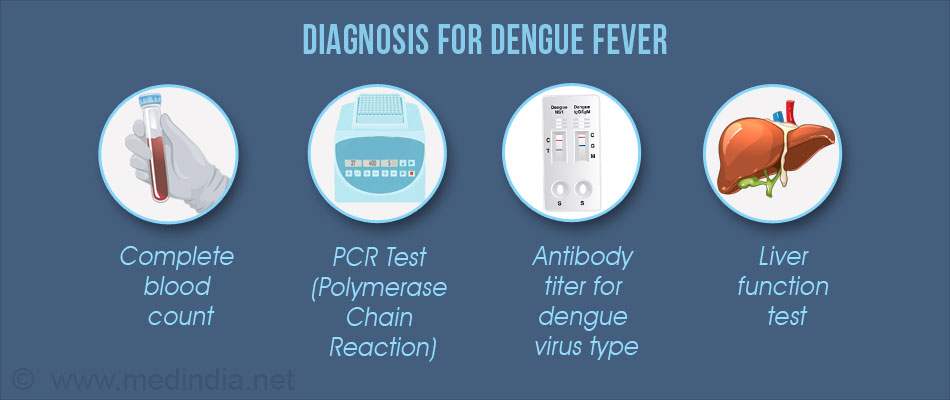 Don’t give your baby fever medicine before going.
Don’t give your baby fever medicine before going.
For babies 3 months and older, as well as toddlers and children, the most important thing is how they look and act. If your baby or child appears well, is drinking fluids, and has no other symptoms, there’s no need to call the doctor unless the fever persists or reaches 104 degrees F or higher.
Also call the doctor if your baby or child has:
- A fever that lasts longer than 24 to 48 hours (if they’re 2 years or younger) or 48 to 72 hours (if they’re 3 years or older)
- Symptoms of an illness that may need to be treated, such as an ear infection, a urinary tract infection, or sore throat
- A recurring fever for more than a week, no matter the temperature
- A serious illness, such as sickle cell anemia or diabetes, or a weakened immune system.
- A new rash or bruises (small, purple-red spots that don’t turn white or paler when you press on them, or large purple blotches, can signal a very serious bacterial infection)
- Signs of mild or moderate dehydration, such as fewer wet diapers or peeing less, fewer tears while crying, and a dry mouth
- Vomiting or diarrhea
- Breathing difficulty (or breathing faster than usual) even after you clear your baby’s nose with a bulb syringe.
 This could indicate pneumonia or RSV.
This could indicate pneumonia or RSV. - A brief seizure (less than two minutes)
Call 911 or your local emergency number, or take your child to the Emergency Department if your baby or child:
- Has a high fever (approaching 105 degrees) that’s not responding to fever medication
- Has signs of respiratory distress (grunting, flaring nostrils, sucking in the skin above the collarbone or between or below the ribs, consistently fast breathing, whistling or wheezing while breathing)
- Seems drowsy, confused, and is suddenly unable to walk
- Is unable to wake up easily
- Has blue lips, tongue, or nails
- Has a stiff neck
- Has a prolonged seizure (two minutes or longer)
- Has signs of serious dehydration, such as sunken eyes; splotchy, cold hands and feet; excessive sleepiness or fussiness; lightheadedness, dizziness, or delirium; wrinkled skin
Again, fever is common, normal, and a sign your little one’s body is doing what it’s designed to do when faced with inflammation. But you’re the best judge of when something is wrong. If you’re concerned about what’s happening with your child’s temperature, call their doctor.
But you’re the best judge of when something is wrong. If you’re concerned about what’s happening with your child’s temperature, call their doctor.
Learn more:
- When to call 911
- How can I get my child to drink more water?
- Teething remedies
High temperature what to do?
High temperature is an increase in body temperature above normal values. Normal body temperature in the armpit is 36.0-36.9ºС, and in the morning it is 0.3-0.5ºС lower than in the evening. In the oral cavity and rectum, the temperature is usually 0.5-1 ºС higher than in the armpit, but does not exceed 37.5 ºС.
The causes of fever are manifold. The most common of these are infectious diseases. Microorganisms, their toxins and waste products affect the thermoregulatory center in the brain, causing an increase in body temperature.
There are several types of fever. According to the degree of temperature rise, subfebrile is distinguished – not higher than 37. 5ºС; and febrile fever. Everyone is familiar with the manifestations of fever: muscle aches, headache, pain in the eyes, weakness, chills. Chills are nothing more than a physiological way to increase body temperature. When muscles contract, they increase heat production, and body temperature rises.
5ºС; and febrile fever. Everyone is familiar with the manifestations of fever: muscle aches, headache, pain in the eyes, weakness, chills. Chills are nothing more than a physiological way to increase body temperature. When muscles contract, they increase heat production, and body temperature rises.
An increase in body temperature during an infectious disease does not occur by chance. Fever has important physiological significance. First, many bacteria die at high temperatures or lose their ability to reproduce. In addition, with an increase in body temperature, the body’s defense mechanisms to fight infection increase. Therefore, if the fever is benign and there are no other symptoms, drug treatment is usually not required – plentiful warm drinking and rest are recommended.
However, there are negative consequences of fever. In addition to subjectively unpleasant sensations, fever leads to increased fluid loss and excessive energy expenditure, which can be dangerous in people suffering from cardiovascular and other chronic diseases.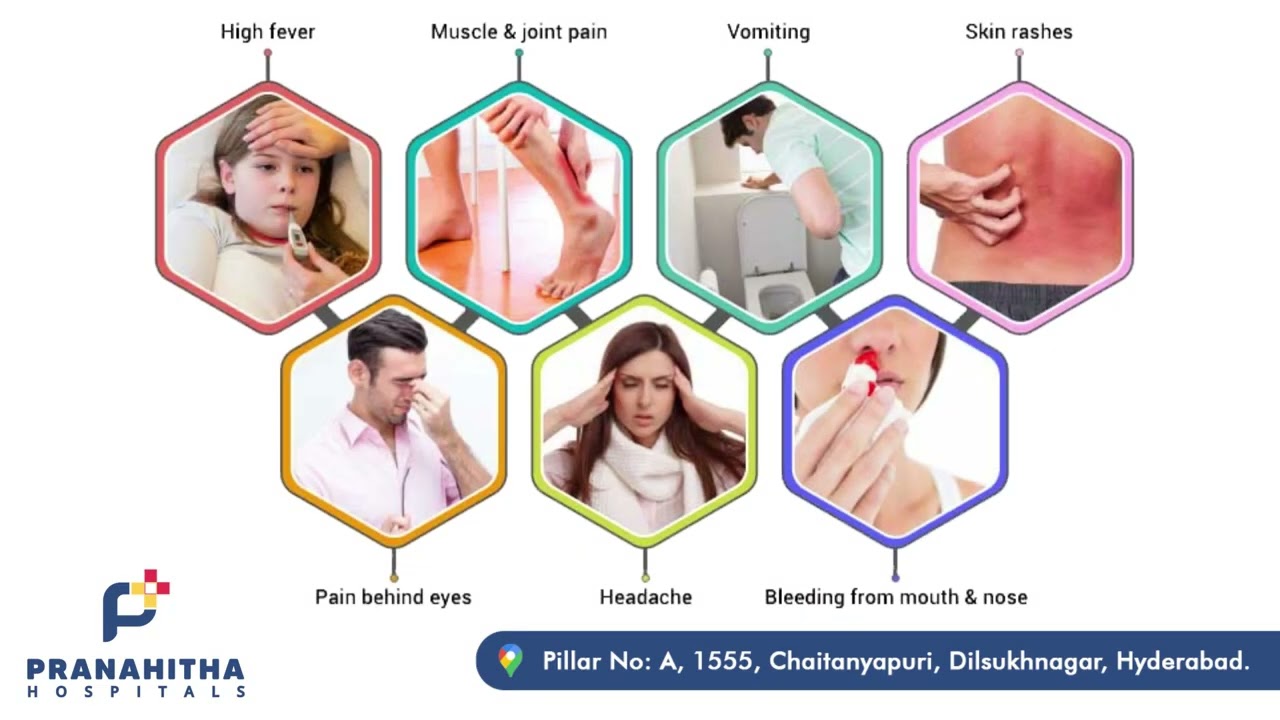 High fever is especially dangerous for children who have an increased tendency to convulsions.
High fever is especially dangerous for children who have an increased tendency to convulsions.
When should the temperature be lowered?
- For severe discomfort.
- Sleep disorders.
- When the temperature rises above 38.5°C.
Tips for lowering the temperature:
The room should not be too hot and should be ventilated regularly. Do not rub the patient’s skin with alcohol – this can increase the chills. It is necessary to drink plenty of warm liquids (mineral water, preferably without gas; fruit drinks). If chills occur, the patient should not be wrapped. Of the drugs to reduce the temperature, paracetamol, ibuprofen are suitable. Pay attention to the dosage of the drug – always read the instructions on the package.
When to call a doctor immediately:
- For fever lasting longer than 24-48 hours in an adult or adolescent (or longer than 6-12 hours in a child under 2 years of age).
- When the temperature rises above 38.
 5°C.
5°C. - With the appearance of disturbances of consciousness: delirium, hallucinations, agitation; as well as with severe headache, convulsive seizures, respiratory failure.
- If registered with a neurologist and other specialists.
There is no need to be “afraid” of calls to polyclinic doctors or to “03”; Do not expect and think that everything will pass on its own. Timely treatment and treatment is the key to your peace of mind and health. Doctor of GBUZ YaNAO “Nadymskaya SSMP” Panov S.I.
Panov S.I. Kuzminykh V.V.
Note to parents: Emergencies in children
The New Year holidays are behind us, weekdays have begun. We hope you had a good rest and spent a wonderful time with your family and loved ones.
Before the New Year holidays, we published tips and reminders for parents on the safety of children during the holidays. However, you need to think about the safety of the baby not only during the holidays, so we decided to remind you of the importance of emergency care in dangerous conditions for the child. Let’s talk about this with the pediatrician of the children’s clinic “Mother and Child-IDK” Pikuleva Olga Vladimirovna.
Let’s talk about this with the pediatrician of the children’s clinic “Mother and Child-IDK” Pikuleva Olga Vladimirovna.
“Of course, in an emergency, my first recommendation would be – call an ambulance for your baby to be examined by a doctor. Meanwhile, medical workers cannot always arrive very quickly, this problem is especially relevant in large multi-million cities. In some cases, even before the arrival of the ambulance, parents must take the measures necessary to save the life of the child. In this article, we will tell you what emergency conditions are in children, and how to properly provide first aid in an emergency, based on professional recommendations.
In the event of an emergency in children, the first aid that must be provided before the arrival of medical personnel usually consists of the following: One of the emergency conditions for which children may need first aid is hypothermia . Of course, if the baby’s cheeks, ears, nose, arms or legs are frozen, nothing terrible has happened, and there is absolutely no need to call a doctor. If, along with hypothermia, the baby has symptoms such as blanching or blue skin, increased heart rate and breathing, or muscle tremors, and also if the baby has become lethargic, weak and indifferent to everything, medical help should be sought immediately. Before the arrival of medical workers, it is necessary to completely undress the baby and attach his body to the body of an adult. From above, you can put on a warm scarf or scarf and gently rub the baby’s limbs with your palms. If it is still a baby, you can try to feed it with mother’s milk or adapted milk formula. It is not recommended to take any other actions before the arrival of the doctors.
If, along with hypothermia, the baby has symptoms such as blanching or blue skin, increased heart rate and breathing, or muscle tremors, and also if the baby has become lethargic, weak and indifferent to everything, medical help should be sought immediately. Before the arrival of medical workers, it is necessary to completely undress the baby and attach his body to the body of an adult. From above, you can put on a warm scarf or scarf and gently rub the baby’s limbs with your palms. If it is still a baby, you can try to feed it with mother’s milk or adapted milk formula. It is not recommended to take any other actions before the arrival of the doctors.
Another of the most common emergency conditions in a baby is overheating . Do not forget that young children do not yet have a perfect thermoregulation system, so they overheat and hypothermia much faster than their parents. Overheating or heat stroke can be caused by direct exposure to the sun, insufficient fluid intake, clothing that is too warm, or excessive humidity. Symptoms of this disease, in which it is necessary to call an ambulance, are headache, increased breathing and heart rate, vomiting and nausea, pallor, general weakness, limitation of motor activity and a significant increase in body temperature. In some cases, heat stroke can even lead to loss of consciousness. In such a situation, you should also call an ambulance as soon as possible, and before it arrives, undress the baby, move it to a cool place and put it so that the legs are slightly higher than the head. To reduce the temperature, you can make various lotions and compresses, as well as wipe the baby’s torso with cold water, no medicines should be given before the doctors arrive. If the child does not refuse, it is necessary to give him ordinary non-carbonated water as often as possible.
Symptoms of this disease, in which it is necessary to call an ambulance, are headache, increased breathing and heart rate, vomiting and nausea, pallor, general weakness, limitation of motor activity and a significant increase in body temperature. In some cases, heat stroke can even lead to loss of consciousness. In such a situation, you should also call an ambulance as soon as possible, and before it arrives, undress the baby, move it to a cool place and put it so that the legs are slightly higher than the head. To reduce the temperature, you can make various lotions and compresses, as well as wipe the baby’s torso with cold water, no medicines should be given before the doctors arrive. If the child does not refuse, it is necessary to give him ordinary non-carbonated water as often as possible.
Fever usually occurs as a result of inflammation in the body, the penetration of infectious agents into it or the release of special substances, fever mediators, including as a response to vaccination of the body. In this case, there is a change in the mechanisms of thermoregulation and, as a result, an increase in temperature. Although this is a protective reaction of the body, but with it, for every degree of fever, the heart rate increases by 10 beats and the load on the body increases. Therefore, fever always requires attention from parents and sometimes the provision of emergency active assistance. According to modern data, it is required to bring down the temperature only if the state is disturbed or the numbers rise above 38.5 degrees, in the presence of severe chronic pathologies or febrile convulsions that have previously occurred. If the child tolerates even high temperatures relatively well, you just need to give him the opportunity to have a temperature and cope with the infection on his own, carefully monitoring his condition.
In this case, there is a change in the mechanisms of thermoregulation and, as a result, an increase in temperature. Although this is a protective reaction of the body, but with it, for every degree of fever, the heart rate increases by 10 beats and the load on the body increases. Therefore, fever always requires attention from parents and sometimes the provision of emergency active assistance. According to modern data, it is required to bring down the temperature only if the state is disturbed or the numbers rise above 38.5 degrees, in the presence of severe chronic pathologies or febrile convulsions that have previously occurred. If the child tolerates even high temperatures relatively well, you just need to give him the opportunity to have a temperature and cope with the infection on his own, carefully monitoring his condition.
Depending on the type of fever – white or red , the help will also differ. With red fever, you can not bring down the temperature to 38. 5 and above, provided it is well tolerated, with white fever with vasospasm, therapy should be started immediately. Children with fever are given antipyretics in different forms, depending on age, but these should be drugs based on paracetamol or nurofen. They are dosed according to age and body weight, usually the calculation is indicated on the box. With white fever, it is also necessary to take antispasmodics – “Papaverine” or “no-shpa” Non-drug methods will also help – with a red form, rubbing with a damp towel with water at room temperature, and with a white one – rubbing the legs and hands with applying heating pads with warm water to them . It is necessary to undress the child and ensure coolness in the room, cover the child with a blanket when chilly. At a very high temperature, before the arrival of doctors, cold compresses can be applied in the area of large vessels – in the area of \u200b\u200bthe elbows, armpits, popliteal and inguinal folds. You can not rub the child with alcohol, vinegar or vodka.
5 and above, provided it is well tolerated, with white fever with vasospasm, therapy should be started immediately. Children with fever are given antipyretics in different forms, depending on age, but these should be drugs based on paracetamol or nurofen. They are dosed according to age and body weight, usually the calculation is indicated on the box. With white fever, it is also necessary to take antispasmodics – “Papaverine” or “no-shpa” Non-drug methods will also help – with a red form, rubbing with a damp towel with water at room temperature, and with a white one – rubbing the legs and hands with applying heating pads with warm water to them . It is necessary to undress the child and ensure coolness in the room, cover the child with a blanket when chilly. At a very high temperature, before the arrival of doctors, cold compresses can be applied in the area of large vessels – in the area of \u200b\u200bthe elbows, armpits, popliteal and inguinal folds. You can not rub the child with alcohol, vinegar or vodka. It is necessary to drink a lot of the child so that he sweats and the body cools down. If, with all your efforts, the temperature does not go down, it is better to call an ambulance and examine the child.
It is necessary to drink a lot of the child so that he sweats and the body cools down. If, with all your efforts, the temperature does not go down, it is better to call an ambulance and examine the child.
Bleedings of varying severity are especially common in children. As a rule, no special therapy is required for minor abrasions and scratches, however, in some situations, serious blood loss can even threaten the life of the baby. First aid for young children in emergencies, accompanied by significant loss of blood, is as follows: the baby should be laid so that the wound from which blood oozes is located above the level of the heart. Next, on the damaged skin, you need to attach a sterile napkin and press it firmly with your palms. Then the napkin should be replaced, tightly, but not strongly, bandaged and applied to the wound with a pressure bandage
Some parents are faced with such a phenomenon in their baby as convulsions. As a rule, in such a situation, the baby suddenly freezes with outstretched limbs, and after that there is a short-term loss of consciousness, accompanied by involuntary contractions of the baby’s arms and legs. Often an attack is accompanied by blue lips, the appearance of foam coming from the mouth, rolling eyes and other extremely unpleasant symptoms that often frighten young parents. In most cases, the cause of seizures lies in a significant increase in body temperature. This condition is very dangerous and requires an immediate medical examination, so an ambulance should be called as soon as possible. In this case, nothing can be done before the arrival of medical workers, just make sure that the baby in convulsions does not hit or get hurt
Often an attack is accompanied by blue lips, the appearance of foam coming from the mouth, rolling eyes and other extremely unpleasant symptoms that often frighten young parents. In most cases, the cause of seizures lies in a significant increase in body temperature. This condition is very dangerous and requires an immediate medical examination, so an ambulance should be called as soon as possible. In this case, nothing can be done before the arrival of medical workers, just make sure that the baby in convulsions does not hit or get hurt
If the baby suddenly lost consciousness , regardless of the cause that provoked fainting, the following recommendations should be followed: first of all, splash cold water on his face. Then, at a distance of 5 centimeters from the spout, hold a cotton swab abundantly moistened with ammonia for 2-3 seconds; I do not recommend bringing the cotton wool too close.
One of the most dangerous medical emergencies in children requiring urgent treatment is foreign object entering the respiratory tract . Little kids love to put everything in their mouths and try it on their teeth, so it is very important to make sure that there are no small parts among the baby’s toys that he could swallow. Despite the fact that parents in most cases pay special attention to the choice of toys, various foreign objects enter the respiratory organs of babies quite often. As a rule, in such a situation, the baby begins to turn blue, suffocate, cannot scream, tries to cough, but to no avail, makes characteristic whistling sounds. Naturally, in this state of affairs, it is necessary to call emergency medical care as soon as possible. Much here depends on the correct tactics of the actions of parents. Place your son or daughter breast-feeding in your palm, so that his face looks down. With the thumb and forefinger of one hand, firmly grasp the baby’s lower jaw. Sit on a chair, and place the hand with which you hold the child on the knee or thigh. Hold the baby so that his head is lower than his torso. Then, with your free hand, sharply hit the baby on the back in the area between the shoulder blades 4 times.
Little kids love to put everything in their mouths and try it on their teeth, so it is very important to make sure that there are no small parts among the baby’s toys that he could swallow. Despite the fact that parents in most cases pay special attention to the choice of toys, various foreign objects enter the respiratory organs of babies quite often. As a rule, in such a situation, the baby begins to turn blue, suffocate, cannot scream, tries to cough, but to no avail, makes characteristic whistling sounds. Naturally, in this state of affairs, it is necessary to call emergency medical care as soon as possible. Much here depends on the correct tactics of the actions of parents. Place your son or daughter breast-feeding in your palm, so that his face looks down. With the thumb and forefinger of one hand, firmly grasp the baby’s lower jaw. Sit on a chair, and place the hand with which you hold the child on the knee or thigh. Hold the baby so that his head is lower than his torso. Then, with your free hand, sharply hit the baby on the back in the area between the shoulder blades 4 times. Turn the baby over and press hard with your fingers just below his nipples for 5 seconds. Alternate these movements until you manage to remove a foreign object, or until qualified medical assistance is provided.
Turn the baby over and press hard with your fingers just below his nipples for 5 seconds. Alternate these movements until you manage to remove a foreign object, or until qualified medical assistance is provided.
In all of the above situations, first aid can be very important for preserving not only the health, but also the life of a small child. Unfortunately, many mothers and fathers in the presence of danger simply panic and forget even the most basic things.
Children are very active and, left unattended by their parents, can fall from various heights – from small chairs to quite large heights. At the same time, any fall is accompanied by fear and worries of parents about the health of the child. However, in cases where children fall, it is important to restrain their emotions and immediately take active steps to assess the situation and provide first or emergency care to the child. In this case, first aid will depend on the specific situation in which the injury occurred. First of all, falls from a height are a particular danger and characteristic features; at an early age, the greatest risk of injury is in the head area, since it is the heaviest in children and they fall head down. In this case, the parietal region becomes the most frequent zone of damage.
First of all, falls from a height are a particular danger and characteristic features; at an early age, the greatest risk of injury is in the head area, since it is the heaviest in children and they fall head down. In this case, the parietal region becomes the most frequent zone of damage.
We will give you general instructions, but it is worth remembering that each injury and each child is unique, you need to evaluate both the type of injury, the height of the fall and other factors. There are general first aid measures given to children in cases of injury from falls. So, if the child falls from any height, you need to put the child on his back, while he should be laid on the floor or on a hard bed without pillows. If you need to move away from the child, you need to put him on the side, turning his face down. If the head is injured, do not soothe the child in such ways as applying to the chest or motion sickness, as well as drinking liquids. It is important for relatively high falls to immediately call a doctor or an ambulance to examine the child.


 This could indicate pneumonia or RSV.
This could indicate pneumonia or RSV. 5°C.
5°C.